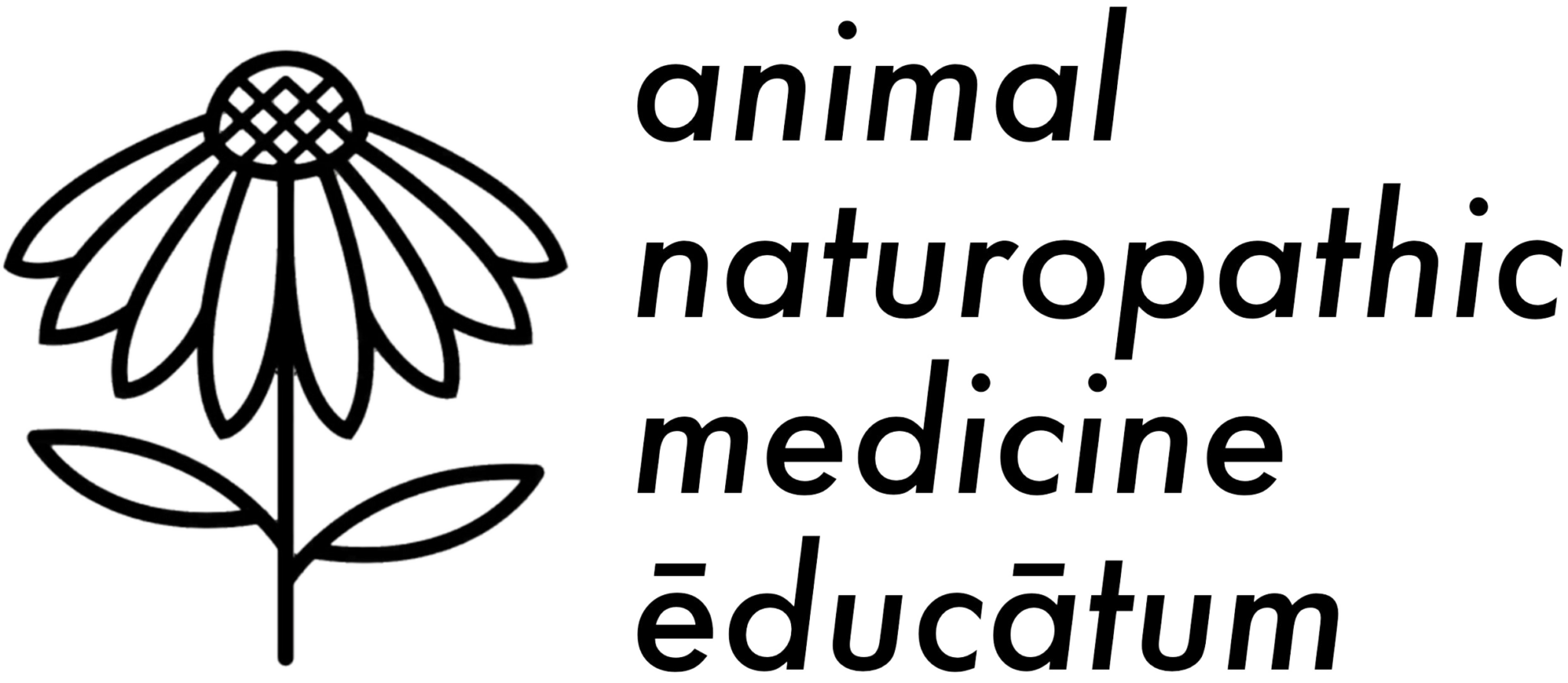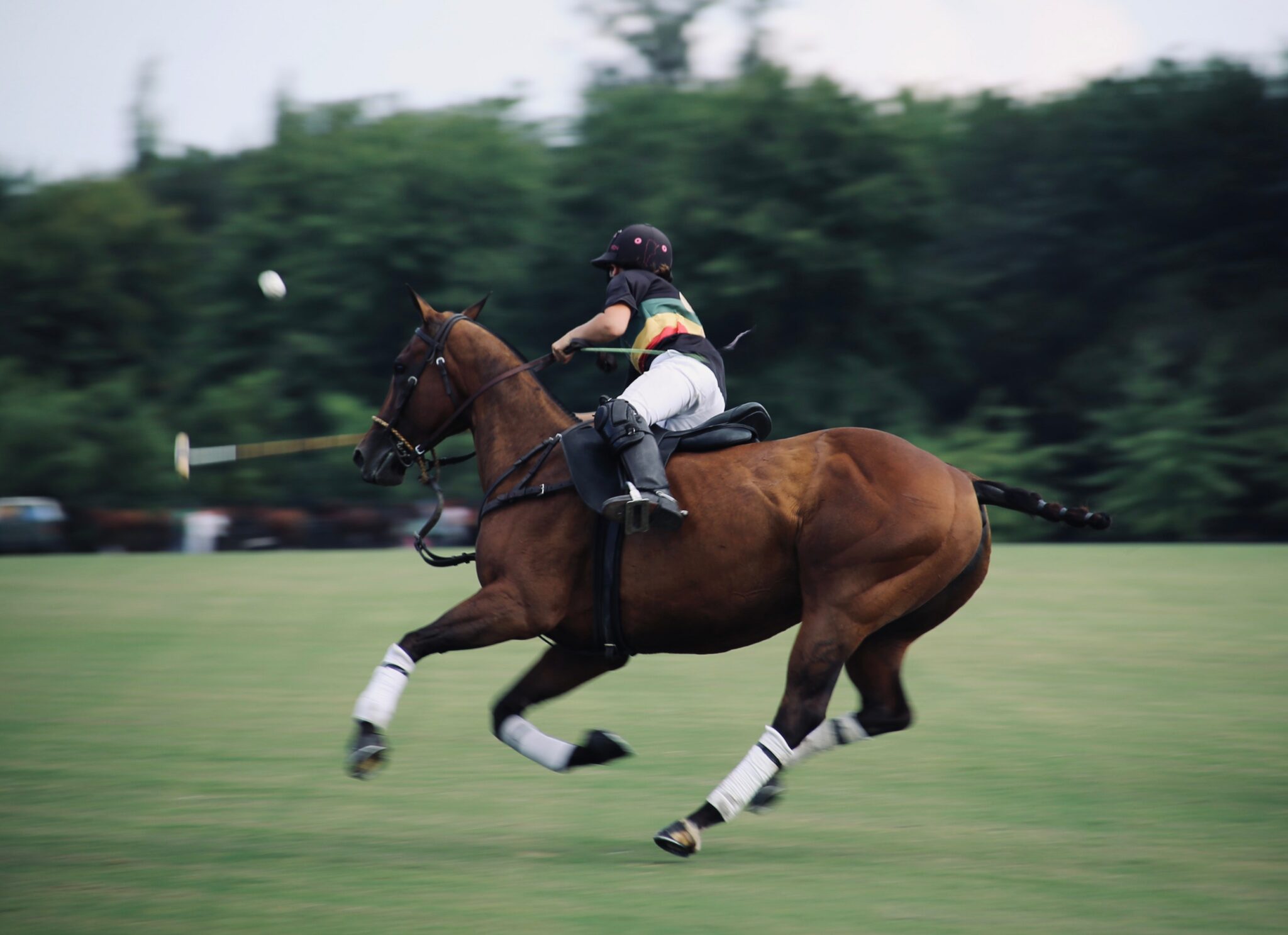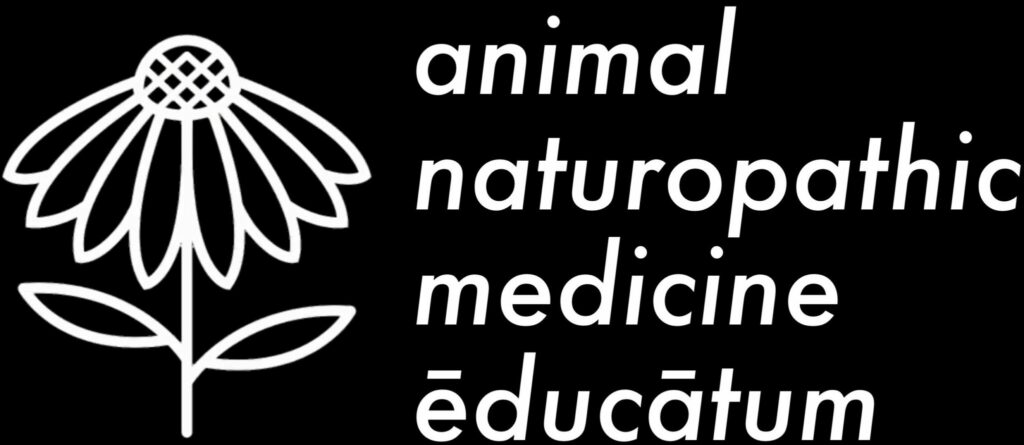Equine Compensatory Patterns
Did you know many compensatory musculo-skeletal imbalances within a horses’ body can be visually seen by you; the horse owner.
Leslie Williamson, Senior lecturer
Opportunity to improve and correct these problems should be investigated to avoid further debilitating compensations, that so often lead to biomechanical faults. A simple weekly/monthly body check can help you to understand and identify compensation before it causes increasing harm to your horse and all you want to achieve in your partnership.
Here are some reminder tips to get you started.
1. Firstly, remember to check in with your horses’ hooves, check the visual balance and underside of the shoes wearing evenly and then ask the questions if need be.
2. Be sure your horse is not overdue to see the dentist and are you sure the bit you are using fits your horse’s mouth?
3. Consider – How many horses are symmetrical? How many riders are symmetrical? How many saddles sitting between the horse and rider are symmetrical? Is it time for your saddle to be checked and for your riding coach to spend that extra time on your riding position? Compensation transferring through from your position can be a long lasting problem if not addressed.
4. Next, ask someone to hold your horse and preferably stand the horse up in a ‘square as possible’ position, then stand behind your horse at a safe distance and compare the height and development of the left and right hind quarters. Are they even?
5. Now safely stand up on a groom box or something high enough behind your horse so you can look down over the hindquarters, along the back, shoulders and neck. Ask for the handler to keep the horses’ neck as straight as possible and the stance as square as possible.
6. Are the back muscles even and well developed? Is there visual compressional muscle damage imprinting where and how the saddle is sitting on the back? Is it time to have the saddle checked?
7. Are the shoulders even, does one shoulder appear larger &/or set further back than the other? Does the dysfunctional shoulder match the uneven hindquarter?
8. Is the horse’s neck straight? Does it look like the muscle development over the shoulder is creating a curve in the neck?
This simple visual assessment gives you some insight to how balanced and functional your horse. Remember to add to your checklist a qualified Equine Myotherapist or Myofacilitative Therapist that understands how the musculo-skeletal system is wired to innervate your horse to move and carry you. Dysfunctional tight muscles, leading to reduced and restricted range of movement and compensation through the body and joint function can be the prelude to an ‘obvious’ injury occurring down the track.
Maintaining the body’s functional balance, strength, stability, flexibility with a whole body Myotherapy treatment would be incredibly advantageous to your horse. Learning to do this yourself will be life changing for you and your horse.




